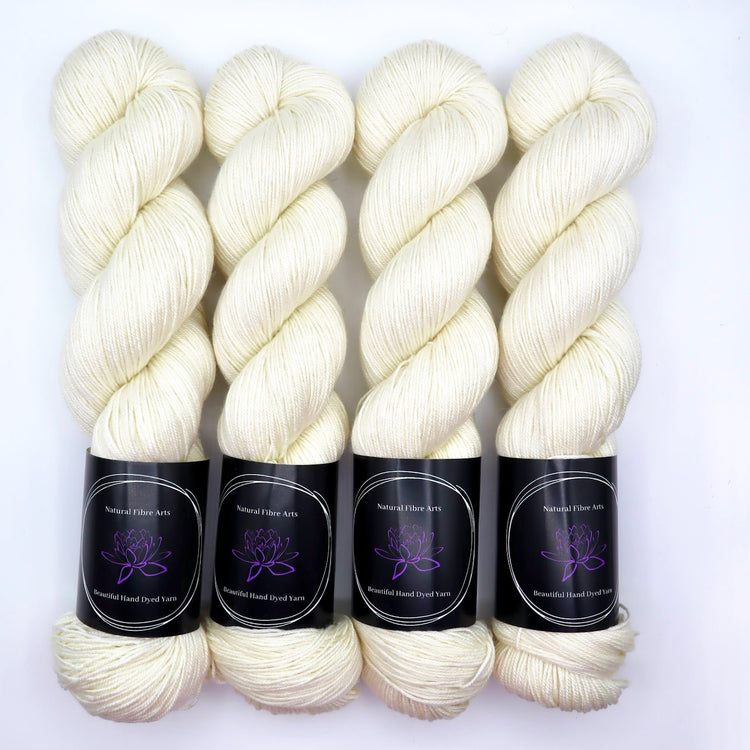How to Maintain Your cashmere Garments and Keep Them Fresh
How to Maintain Your cashmere Garments and Keep Them Fresh
Blog Article
Comprehending the Different Sorts Of Cashmere an All-natural Fiber and Their Special Benefits

The Origins of Cashmere: A Historical Introduction
While the luxurious touch of cashmere continues to charm modern-day consumers, its beginnings map back to the extreme, cold climates of Mongolia and the Mountain ranges. For centuries, the indigenous individuals of these regions have actually been raising Capra Hircus goats, the prime source of cashmere woollen. These goats, durable versus the severe wintertimes, expanded a great undercoat to make it through, which later came to be referred to as cashmere. The name itself admires Kashmir, an area in India where the wool was at first refined. Much of the very early cashmere trade path was facilitated by the Silk Road, attaching Asia with the Middle East and Europe. Regardless of its international spread, the finest cashmere is still thought to originate from the initial regions of Mongolia and the Himalayas.

The Manufacturing Process: From Goat to Garment
Shearing a Capra Hircus goat notes the inception of the complex cashmere manufacturing process. This fragile procedure normally occurs yearly throughout spring. The fine, soft undercoat is after that divided from the coarser external hair, a process called dehairing. The resultant raw cashmere is after that cleaned to remove pollutants such as dust, vegetable, and grease matter.
The clean fiber undergoes dyeing, spinning, and weaving, or knitting, to transform it into a textile. Facility treatments like quality assurance checks and finishing procedures adhere to, making certain completion product preserves the luxurious requirement expected of cashmere. This meticulous process, from goat to garment, validates the high price connected to cashmere products, making them an icon of high-end and refinement.
The Numerous Kinds Of Cashmere: An In-depth Analysis

The Unique Benefits of Cashmere: Convenience and Sustainability
Relocating from the range of cashmere kinds to the benefits they supply, comfort and sustainability a knockout post stand out plainly. Cashmere, an all-natural fiber, is renowned for its unparalleled softness, giving a degree of convenience that synthetic fibers can't match.
When it comes to sustainability, cashmere is renewable and biodegradable, as it's harvested from cashmere goats who regrow their layers each year. what is cashmere. Unlike artificial fibers which can take hundreds of years to decay, cashmere's impact on the atmosphere is very little. This mix of convenience and sustainability makes cashmere a beneficial selection for mindful consumers

Taking Care Of Your Cashmere: Maintenance and Conservation Tips
While cashmere is unquestionably a lasting and elegant option, it needs details treatment to keep its quality and extend its life expectancy. To begin, cashmere must be hand cleaned making use of cool water and a moderate cleaning agent. Cashmere products need to be saved in a trendy and dry place, away from direct sunlight and wetness.
Spending in Cashmere: Recognizing Its Worth and Well Worth
Although cashmere might originally seem like a pricey investment, its long-lasting value and worth ended up being noticeable when you consider its amazing qualities. Understood for its unparalleled soft qualities and heat, cashmere is a costs all-natural fiber that surpasses various other products. Spending in cashmere, for that reason, is not just about present style fads, but about welcoming a lasting, durable, and glamorous way of living.
Verdict
In summary, the kind of cashmere one chooses, be it Mongolian, Chinese, or Italian, is determined by specific choices for heat, sustainability, high-end, and budget official site plan. The worth of cashmere prolongs past its cost, with convenience and longevity contributing to its worth. Correct treatment and maintenance can guarantee its conservation. Recognizing the beginnings, manufacturing process, and one-of-a-kind benefits of various kinds of cashmere can lead consumers in their financial investment in this extravagant all-natural fiber.
Whether it's the exceptional warmth of Mongolian cashmere, the affordability of Chinese cashmere, or the eco-conscious manufacturing of Italian cashmere, there's a tale to be found behind each fiber type. Cashmere, an all-natural fiber, is renowned for its exceptional soft qualities, providing a degree of convenience that synthetic fibers can not match.When it comes to sustainability, cashmere is biodegradable and renewable, as it's gathered from cashmere goats that regrow their coats each year. Understood for its unrivaled soft qualities and heat, cashmere is a costs all-natural fiber that outshines various other products. Recognizing the beginnings, production procedure, and unique advantages of various types of cashmere can direct customers in their investment in this lavish natural fiber.
Report this page